fxguide will be heading to Hong Kong next week for SIGGRAPH Asia 2011. As the official podcast, we’ll of course be covering some of the key technical papers, presentations and announcements from the conference floor.
In the run up to SIGGRAPH Asia we’ve been able to talk to several conference speakers about their topics and the wider implications for computer graphics and visual effects. Check out our podcasts with Dr. Ken Perlin of Perlin Noise fame, Dr. Markus Gross on Disney Research Zurich, NVIDIA’s Dr. Kari Pulli on computational photography and Technicolor Research & Innovation’s Pascal Gautron on extinction transmittance maps. We also spoke to former Alias | wavefront chief scientist Bill Buxton about human-computer interaction.
Here we take a final look at what to watch at the Computer Animation Festival next week, some of the Courses on offer, the Emerging Technologies highlights and things to look out for in the Art Gallery.
Computer Animation Festival
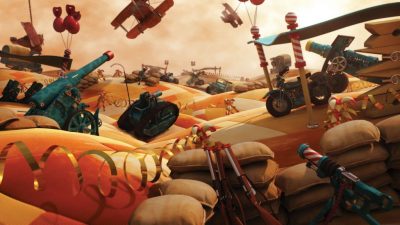
One of the most popular events at SIGGRAPH conferences is the Computer Animation Festival, which takes in the animation theater and electronic theater, but is also accompanied by some great panels and talks. Festival Chair Eric Liu from the Hong Kong Institute of Vocational Education, received 558 submissions from 21 countries before jury review and voting. “The final selection was based on the significance of each work in the field of computer graphics and interactive techniques and how it will help to advance the industry both in Asia and globally,” he says.
Liu says one of the standouts of the CAF screenings is La Détente by Pierre Ducos and Bertrand Bey from Kawa Animation in France. “La Détente is the first world war in a world of toys,” explains Liu. “In a trench during the first world war, a French soldier becomes paralyzed with fear. His mind disconnects from reality and escapes to a world where wars are fought by toys. This animation short brings a unique and visually stunning computer-generated animation to the audience.”
Two other highlights include Paths of Hate by Damian Nenow at Platige Image in Poland, which fxguide has covered here, and Last Fall by Andreas Thomsen and Michelle Nardone from The Animation Workshop in Denmark. “Last Fall is about a story when an accidental plane crash causes a devoted father to lose his little daughter,” says Liu. “The father follows his daughter into death and discovers a mechanical Afterlife. This uncompromising, robot-controlled system presents him with both danger and hope. This animation short is a student project but very impressive to the jury.”
Courses
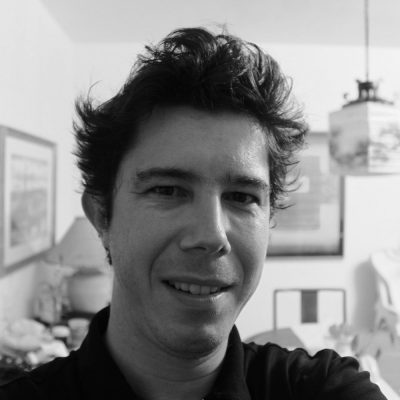
Courses chair Pedro Sander, from the Department of Computer Science and Engineering at the Hong Kong University of Science and Technology, says that this year they “tried to include courses of many different levels in computer graphics, industry and academia” so that there was something for all attendees. A number of invited courses are some of Sander’s highlights. Dr. Don Greenberg, who has been involved in the industry since 1966, will be presenting ‘What’s Next? The Fourth Generation of Computer Graphics (2010-2025)’. There are also invited courses on stereoscopy from NVIDIA, geometry processing and how to write a SIGGRAPH paper from previous successful authors and presenters.
The juried courses feature topics as diverse as photography, OpenGL programming, writing shaders for the GPU, how to write a polarisation ray tracer, through to mobile interfaces. “There’s even a course about
general purpose processing on the GPU,” says Sander, “which involves using the GPU to solve problems that have nothing to do with computer graphics, for example database processing. These days it’s so powerful that it can be used for so many other things.”
Emerging Technologies
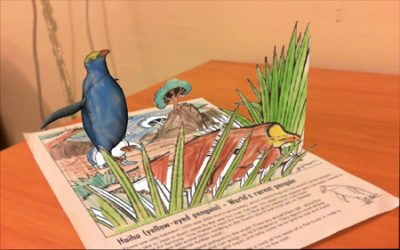
This aspect of SIGGRAPH is always fun to attend as its a place you’re bound to see something different. The Emerging Technologies Chair Mark Billinghurst, from the Human Interface Technology Laboratory New Zealand, has curated a collection of talks and exhibitions around the theme of PLAY. “PLAY was chosen because more and more people are using technology to rediscover the joy that comes from play,” says Billinghurst. “Sometimes playing with a stick can be just an enjoyable as using the most complex technologies, so PLAY allows any type of enjoyable technology to be exhibited at ETech.”
Some of the notable emerging technologies look to be a throwable panoramic ball camera and an interactive augmented reality coloring book, but there really are several to check out. “There are so many highlights,” adds Billinghurst, “from a swarm of robots that follows you around, to food you can print on, and images that appear to float in space, among others. The great thing about ETech is that there is such a diversity of demonstrations that everyone attending will be able to find their own personal highlight.”
Billinghurst has fond memories of SIGGRAPH emerging tech displays from days gone by, too. “I can remember the first SIGGRAPH I went to in 1989 has a demonstration of the PixelPlanes graphics chip from the University of North Carolina. They were proudly proclaiming it that it was the first graphics chips capable of drawing a million triangles a second. The technology was so impressive, and of course my cellphone now is far faster. That reminds me that the amazing technology of today will be taken for granted tomorrow.”
Art Gallery
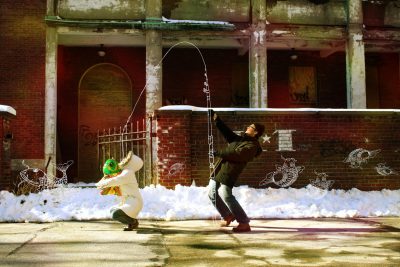
Rochelle Yang from the Chinese University of Hong Kong is this year’s Art Gallery Chair. Technical installations and immersive art works, to the theme of FANTAsia, will be showcased at the Gallery. “When I first coined “FANTAsia” as the theme,” notes Yang, “two words” Fantasy” and “Asia” came across my mind. It meant to be enchanted by fantasy, wonder, and magic!”
“At FANTAsia, you will encounter artistically beautiful and technically sophisticated installations that will engage, immersive art works that will display a dazzling array of visual and audio extravaganza as well as interact, and deceptively simple-looking art works that promise to surprise. There will also be live performances that will mesmerize and excite your senses.”
Nearly 300 submissions were made to the Art Gallery, then reviewed by committee members before the best pieces were selected. Yang says some of the highlights will be the international scholars invited to talk on topics such as future architecture in Asia and where universities fit in with the future of creative industries. In terms of artworks on exhibition, Yang points out three pieces that are likely to garner attention:
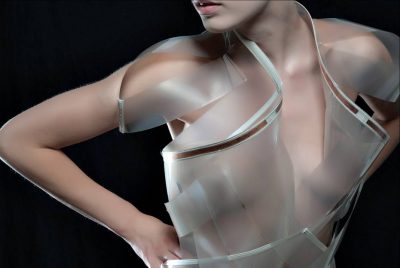
Time of Doubles by Haru Ji – Time of Doubles is an immersive interactive art installation. Its immersive projection dissolves the illusion of a window to form an entryway into a shared, co-present world, and the volumetric sensors take the visitors beyond avatar-based representation to become embodied within a world of physical simulation.
The Galloping Horse by Remi Brun – The Galloping Horse sculpture is a homage to the works of Marey and Muybridge, both pioneers at the frontiers of art, science, the cinema and biomechanics. This animated sculpture pushes us to understand the extent to which we are movement ourselves: in our actions as we can ride this animal, or even as we imitate a galloping horse through child’s play.
Intimacy by Daan Roosegaarde – Intimacy is a fashion project exploring the relation between intimacy and technology. Its high-tech garments entitled ‘Intimacy White’ and ‘Intimacy Black’ are made out of opaque smart electronic paper that become increasingly transparent upon close and personal encounters with people.
